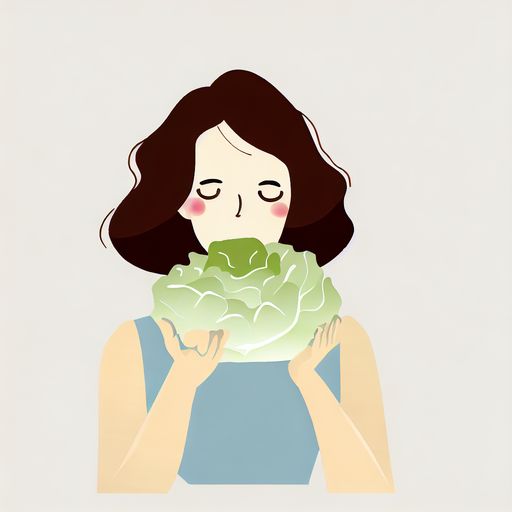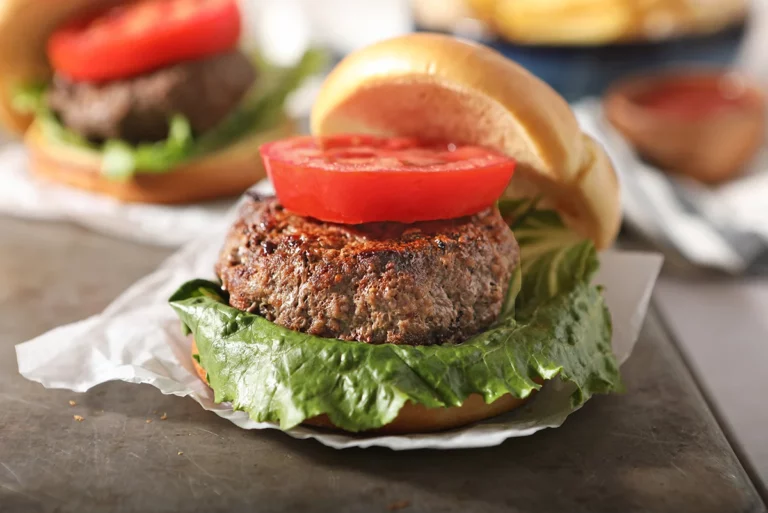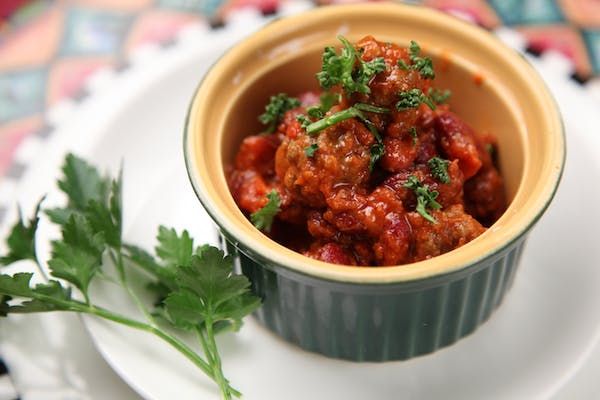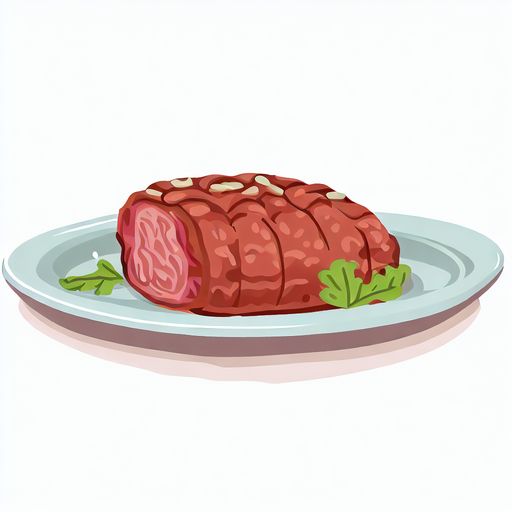Which Part Of The Plant Is Cabbage? Which Part Do We Eat?
The humble cabbage is an often overlooked leafy green vegetable that has been cultivated and consumed for over 4000 years. This nutritious and versatile Brassica plant can be identified by its characteristic round, dense heads comprised of superimposed leaf layers.
However, there seems to be some confusion around which parts of the cabbage plant are actually edible and how each part can be best prepared. This article will clarify which part of a plant cabbage refers to and provide tips on making the most of this affordable, nutrient-dense vegetable.
Which Part Of Cabbage Plant Do We Eat?

The edible part of the cabbage plant is the vegetative bud formed by the overlapping leaves. This dense, rounded cabbage head is what is commercially harvested and sold.
The entire cabbage head is edible, including the tightly wrapped inner leaves, crisp outer leaves, bitter core, and the stem (though the stem is less commonly consumed). Each part varies slightly in taste, texture, and nutrients.
Inner Leaves
The inner leaves are the most commonly consumed part of the cabbage head due to their tenderness and sweeter flavor.
- The tender ribs or stalks of the inner leaves are often removed before cooking.
- When cooked, the inner leaves become velvety soft and sweet.
- The inner leaves can be shredded or chopped and added to salads, coleslaws, stir fries, soups, and more.
Outer Leaves
The outer leaves of cabbage are thicker, tougher, and more fibrous. However, they are still edible if prepared properly.
- The outer leaves have more fiber and are richer sources of vitamins A, B, and C.
- Outer leaves can be shredded or chopped and sautéed, added to soups and stews, or used in stuffed cabbage rolls.
- With the right cooking technique, the outer leaves become tender while still retaining a delightful crunch.
Core
The cabbage core refers to the dense, sometimes woody base of the cabbage head.
- The core has a refreshingly crunchy texture and a slightly more bitter, radish-like flavor when eaten raw.
- The core can be thinly sliced/shredded and added to salads or coleslaws.
- It can also be cut into matchsticks and sautéed or roasted with spices as a side dish.
- Pickling is another great way to enjoy the crunchy cabbage core.
Stem
The stem of a cabbage, though not as commonly eaten, is also edible.
- The stem is similar to a broccoli stem in texture.
- It can be sliced into matchsticks and added to stir fries or curries.
- The stem can also be chopped up and roasted as a side dish.
What Can I Do With Outer Cabbage Leaves?
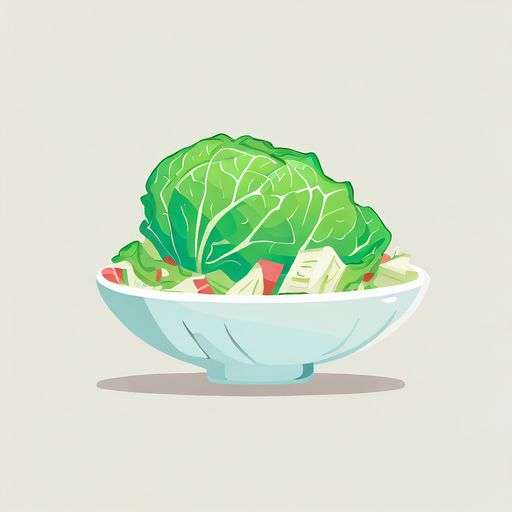
Rather than discarding the outer cabbage leaves, here are some delicious ways to use them:
Fermenting the leaves is a tasty preservation technique, resulting in probiotic-rich sauerkraut, kimchi or other fermented vegetables.
Shredding or chopping the outer leaves to add texture and nutrients to soups, stews, stir fries, fried rice, etc.
The outer leaves are perfect for stuffing and rolling to make delicious stuffed cabbage rolls. Their thickness helps the rolls maintain their shape and seals in the filling. An example is Lebanese stuffed cabbage rolls filled with rice, spices, and ground meat.
Is Cabbage A Flower?
Cabbage is not a flower, it is a leafy green vegetable belonging to the diverse Brassica genus which includes broccoli, cauliflower, kale and brussels sprouts among others.
There are many different cabbage varieties including green, red, white, and purple cabbage. Each has its own unique taste, texture, appearance, and nutritional profile.
Can You Use All Of A Cabbage?
Yes, the entire cabbage head can be used – from the tender inner leaves to the sturdy outer leaves and the crunchy core.
However, the optimal preparation method varies slightly for each part.
Raw cabbage adds vibrant color, refreshing crunch, and nutrients to salads, wraps, sandwiches, burgers and more.
Cooked cabbage becomes sweeter and softer while still retaining a delightful bite. It can be sautéed, braised, added to soups, stews, pasta, stir fries, curries, and so much more.
Shredding or chopping the leaves and core to add to dishes boosts nutrition and texture. So utilize the whole cabbage rather than just a portion!
What Are The Benefits Of Eating Cabbage?

Regularly eating cabbage as part of a balanced diet may provide many health benefits:
1. Reducing inflammation – Cabbage contains antioxidants like anthocyanins that help lower inflammation.
2. Boosting digestion – The fiber aids digestion and cabbage acts as a prebiotic supporting gut bacteria.
3. Strengthening bones – It provides calcium, magnesium, and Vitamin K.
4. Bolstering immunity – Cabbage is packed with Vitamin C and antioxidants.
5. Protecting heart health – The phytonutrients may help lower cholesterol and blood pressure.
Cabbage is also an excellent source of potassium, Vitamins A, B, C, and K, plus various antioxidants.
Why Is Cabbage So Cheap?
This nutritional powerhouse is one of the most affordable vegetables you can buy. Here’s why:
Cabbage is easy to grow – It can be planted all year round and grown in various climates and soil types.
The cabbage head has a remarkably long shelf life – lasting about 2 months when stored in the refrigerator.
Being so hardy and resilient means farmers can grow cabbage inexpensively and in large quantities.
So while humble, cabbage provides outstanding nutrition per dollar spent.
Top Tips For Preparing Cabbage
Follow these simple tips for buying, storing, and cooking cabbage:
- Rinse heads under cool water or soak in saltwater to clean. This removes dirt and pests.
- Remember that cabbage shrinks when cooked. Adjust recipe quantities accordingly.
- Avoid overcooking cabbage to prevent unpleasant sulfur smells and mushy texture.
- Red and purple varieties are richer in anthocyanins but tend to be less tender. Cook them properly.
- Savoy cabbage is the most tender variety with delicate crinkly leaves.
- Add shredded raw cabbage to coleslaws, salads, sandwiches for crunch.
- Cooked cabbage pairs well with noodles, stir fries, curries, soups, stews, and casseroles.
Final Thoughts
Cabbage is a versatile and nutrient-dense vegetable that deserves more recognition. While the entire cabbage head is edible, each part can be best enjoyed when prepared properly. Make the most of this budget-friendly ingredient and reduce food waste by using cabbage leaves to core!
I hope the outline on identifying cabbage and maximizing its use was helpful. Please share any other favorite cabbage recipes or serving ideas in the comments!
